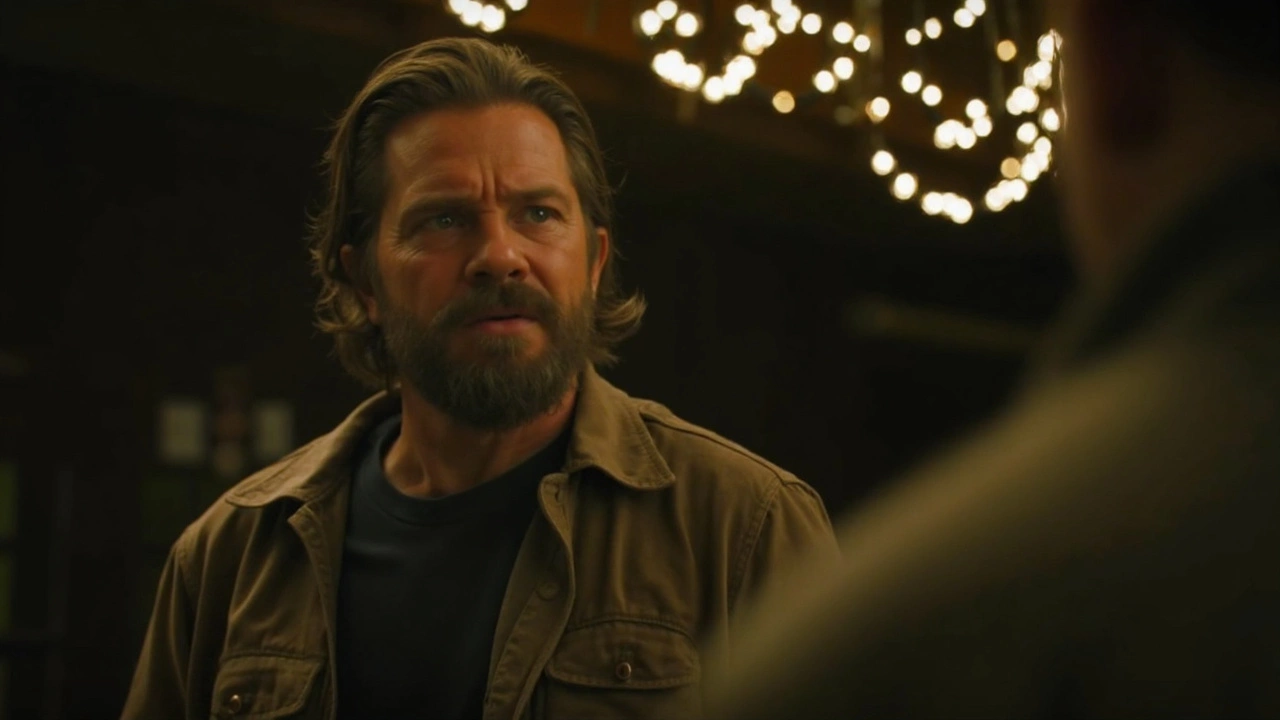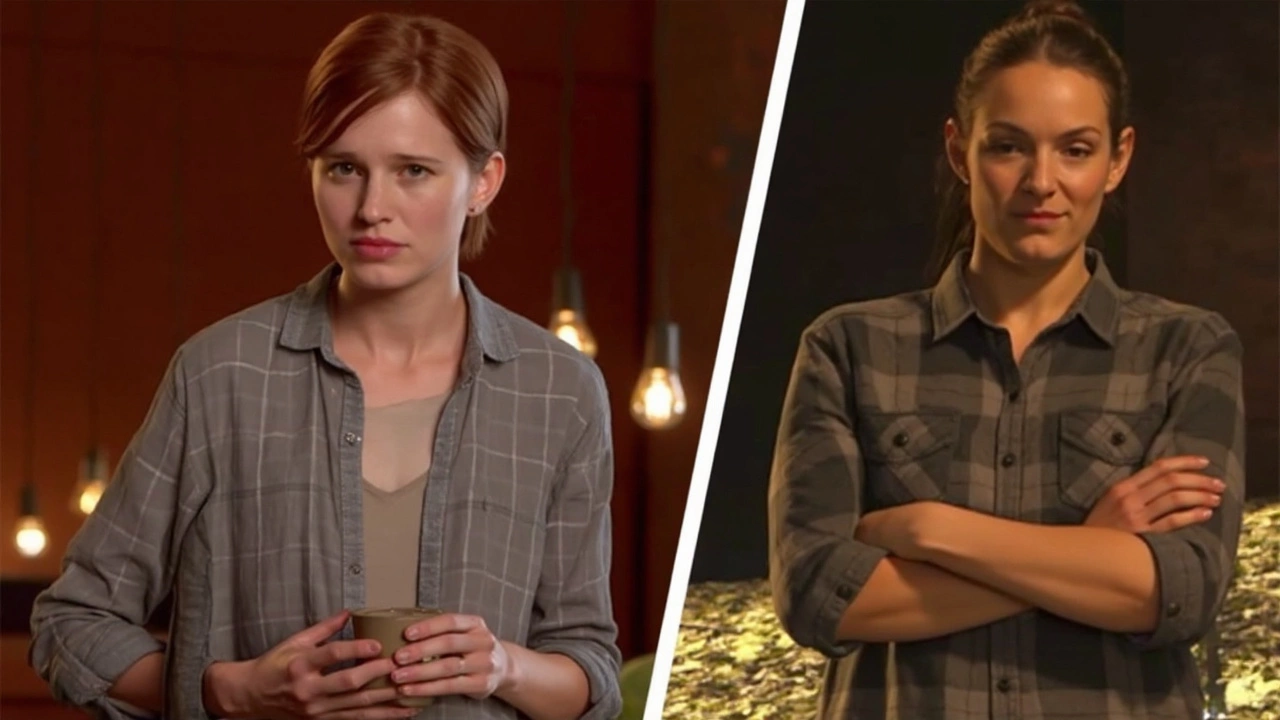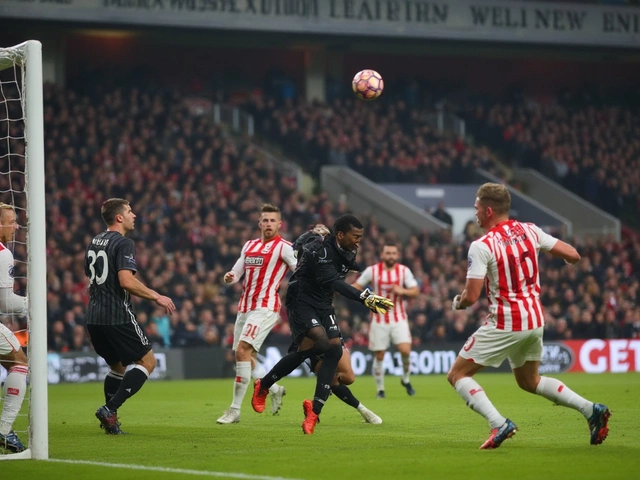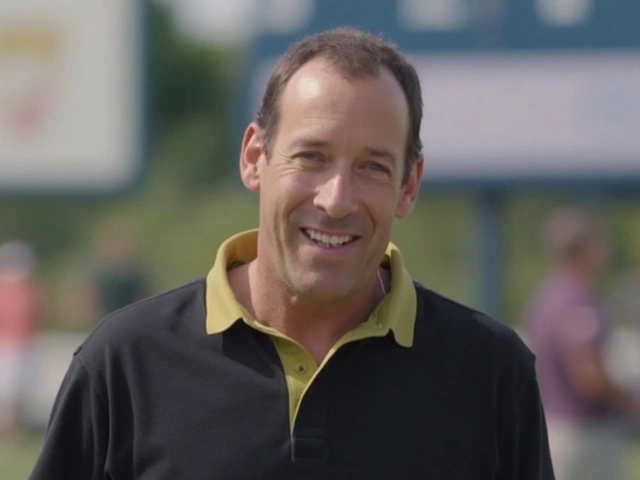What's Different in Season 2, Episode 1 of HBO's *The Last of Us*?
Fans eagerly sat down to watch HBO's Season 2 premiere of *The Last of Us*, only to discover a slew of intriguing deviations from its original PlayStation game counterpart. Right from the start, the opening sequence makes a marked departure, stirring interest and anticipation. Rather than following the game's narrative kick-off that features Joel recounting events to his brother Tommy, the series opts for a different frame. Instead, it introduces us to new faces early on—characters like Abby, portrayed by Kaitlyn Dever, along with Nora, Manny, Mel, and Owen, who immediately raise the stakes by discussing Joel's controversial actions. This narrative twist sets the stage for Abby’s intense vendetta against Joel, offering viewers a fresh perspective on the unfolding drama.
In the video game, the bond between Joel and Ellie is underscored by an opening exchange where Joel relays the Fireflies' plans concerning Ellie. However, this crucial dialogue is noticeably absent from the screen adaptation. The series chooses a more subtle route, hinting at the complexities and Joel’s deception through contextual cues rather than direct exposition. This thematic shift allows for deeper character exploration, drawing viewers into the emotional undertones that define their journey.

Timeline Shifts and Character Moments
Another aspect that catches the eye is the episode's timeline. The series jumps ahead to 2028, a time setting five years after the original season, which starkly contrasts with the 2038–2039 setting in the game. This choice seemingly tightens the narrative chronology, providing a fresh backdrop while adding urgency to the characters’ arcs. As we delve deeper, significant scenes such as the barn party manage to capture the game’s essence, albeit with altered dynamics. Where the game leaned on Joel's puns for humor, the show infuses a playful spirit through Dina's bear-themed jokes, bringing a new flavor to familiar scenarios.
Character development takes precedence as the show moves forward. Moments with infected encounters, like the stalkers and hordes, align with game elements but pace differently. The show opts to focus on character-driven stories, weaving depth into interactions rather than prioritizing raw action. An intriguing addition is the introduction of Kathleen’s resistance group, a narrative element that promises to further distinguish the show’s storyline from the game. By withholding infected tunnels and focusing on resistance dynamics, the series carves out its own space while staying true to the emotional weight that fans have come to cherish.





